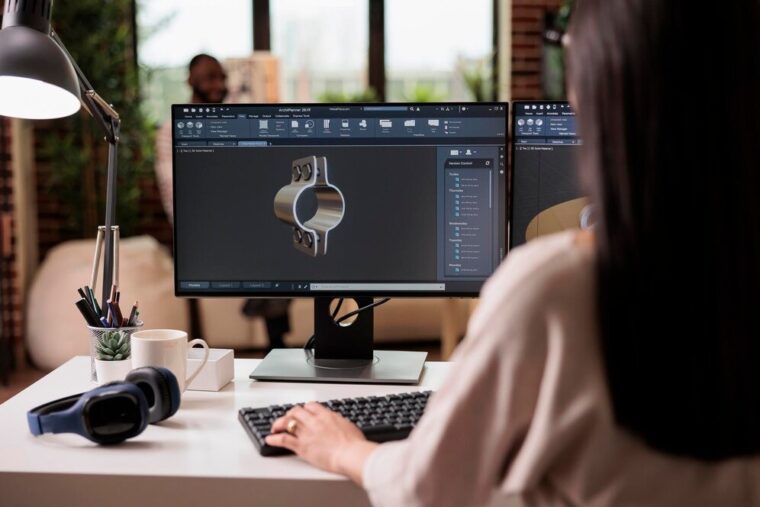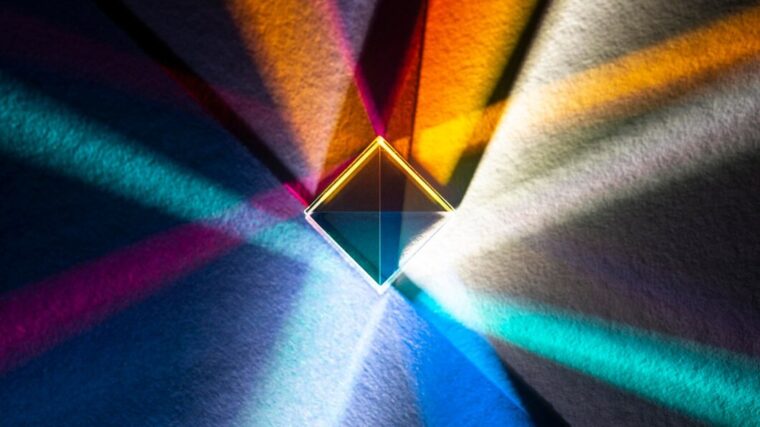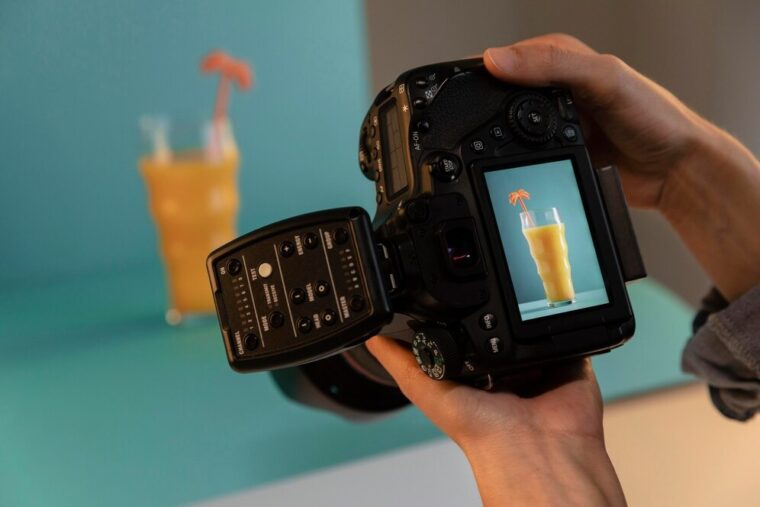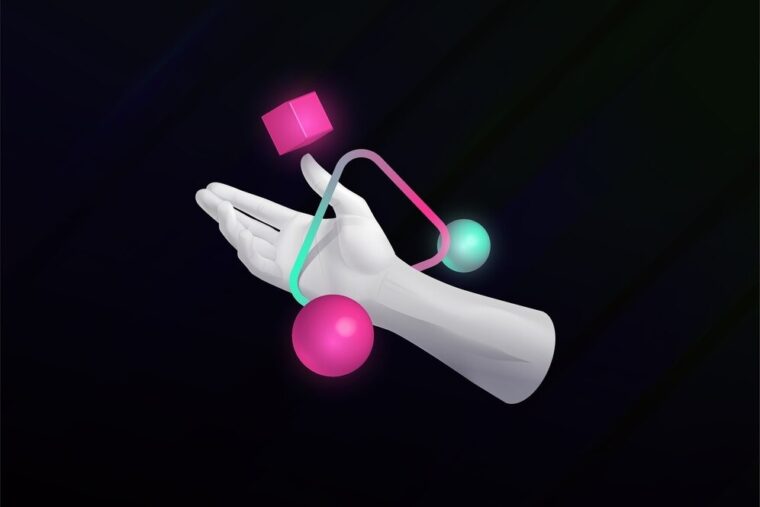3D animation has become a cornerstone of visual storytelling, captivating audiences across various media. This 2024 guide offers valuable insights into the art and science, tailored for both beginners and experienced animators. Dive into these 10 tips to enhance your skills, from concept to creation.
1. Understand the Basics of 3D Animation
Get Familiar with the Fundamentals
Before you start creating 3D animations, understanding the basic principles is crucial. These include the 12 principles of animation developed by Disney animators, which cover aspects like anticipation, squash and stretch, and timing. Grasping these concepts will provide a solid foundation for your animations, ensuring they are lively and realistic.
Choose the Right Software
Selecting the right software is a vital step in 3D animation, partisamcularly if you’re aiming to work in or with a VFX studio. Popular options like Maya, Blender, and Cinema 4D offer various tools and features that cater to different aspects and visual effects. Consider your project needs, budget, and skill level when choosing software. Blender is a great free option for beginners, while Maya is a standard in the industry for more complex projects and is widely used in professional VFX studios.
2. Develop a Strong Concept and Storyboard

Crafting Your Idea
A compelling story is at the heart of every great animation. Start with a strong concept and develop it into a detailed script or storyline. This process involves character development, setting creation, and plot structuring. Your story should be engaging, clear, and suitable for your target audience.
Creating a Detailed Storyboard
Once your story is ready, translate it into a storyboard. This visual representation acts as a blueprint for the project. It outlines key scenes, camera angles, and transitions. A well-designed storyboard guides the process, ensuring a coherent flow and helping identify potential issues early on.
3. Design Memorable Characters
Character Design
Characters are the soul of your animation. Design them with distinct personalities, appearances, and traits. Consider their backstories, motivations, and how they fit into the story. Your characters should be relatable and memorable, resonating with your audience.
Rigging and Skinning
After designing your characters, rigging and skinning are next. Rigging is the process of creating a skeleton for your character, while skinning involves attaching the 3D model to the rig. This step is crucial, as it determines how your characters will move and express emotions.
4. Master the Art of Texturing and Lighting

Texturing Your Models
Textures bring your 3D models to life. They add color, detail, and realism. Mastering texturing involves understanding UV mapping, material properties, and how to create and apply textures effectively. The right texture can make a simple model look incredibly detailed and realistic.
Lighting Techniques
Lighting is essential in setting the mood and atmosphere. Experiment with different lighting techniques to highlight your characters and scenes. Understand key lighting concepts like three-point lighting, color theory, and shadow play. Good lighting can dramatically enhance the visual appeal.
5. Animate with Precision and Emotion
Keyframe Animation
Keyframe animation is a fundamental technique in 3D animation. It involves setting key points in your timeline where you define the position and properties of objects. The software then interpolates the frames in between. Mastering keyframe animation allows for precise control over timing and motion.
Conveying Emotion and Story
Your animation should tell a story and evoke emotions. Pay attention to body language, facial expressions, and timing to convey feelings and narrative. Subtle movements and expressions can have a significant impact on how your audience connects with your characters and story.
6. Implement Dynamic Camera Movements

Planning Your Camera Shots
Dynamic camera movements can add depth and excitement to your animation. Plan your camera shots and movements carefully. Use techniques like panning, zooming, and tracking to enhance the visual storytelling. Each camera movement should have a purpose and contribute to the overall narrative.
Using Camera Rigs
Camera rigs in 3D animation software simulates real-life camera equipment. Using these rigs, you can create complex camera movements that would be difficult or impossible in the real world. Experiment with different rigs to find the best shot for your scenes.
7. Utilize Sound and Music Effectively
Importance of Sound Design
Sound design is a critical aspect of 3D animation. It includes voiceovers, sound effects, and ambient sounds. Good sound design can bring it to life, making it more immersive and engaging. Ensure the audio quality is high and the sound aligns perfectly with the visuals.
Incorporating Music
Music sets the tone and emotion of your animation. Choose music that complements your story and visuals. It can be used to build tension, convey emotions, or enhance the pace of the scene. Be mindful of the music’s tempo, rhythm, and style to ensure it fits seamlessly.
8. Pay Attention to Details

Fine-Tuning Animations
Details make a big difference in the quality of your animation. Pay attention to small movements, facial expressions, and environmental interactions. Fine-tuning these details can make it more believable and captivating.
Consistency is Key
Maintain consistency in your animation. This includes character designs, color schemes, and environmental elements. Consistency helps in creating a cohesive world for your story, making it more believable and engaging for the audience.
9. Render and Composite with Care
Rendering Techniques
Rendering is the process of converting them into a final image or video. It’s crucial to understand different rendering techniques and settings. Balancing quality and render time is important, as high-quality renders can be time-consuming.
Compositing for Final Output
Compositing involves combining visual elements from separate sources into a single image or scene. It’s used for adding special effects, adjusting colors, and integrating various elements. Effective compositing enhances the visual quality and cohesion of your final animation.
10. Seek Feedback and Keep Learning

Getting Constructive Criticism
Feedback is invaluable in the process. Seek opinions from peers, mentors, or your target audience. Constructive criticism can provide fresh perspectives and help identify areas for improvement.
Continuous Learning
The field of 3D animation is constantly evolving. Stay updated with the latest trends, tools, and techniques. Continuous learning and practice are essential for improving your skills and keeping your work fresh and relevant.
Conclusion
By following these tips, you can refine your skills and create captivating, high-quality animations. Remember, the journey of animation is a blend of creativity, technical skill, and continuous learning. Embrace the process and let your imagination soar!
